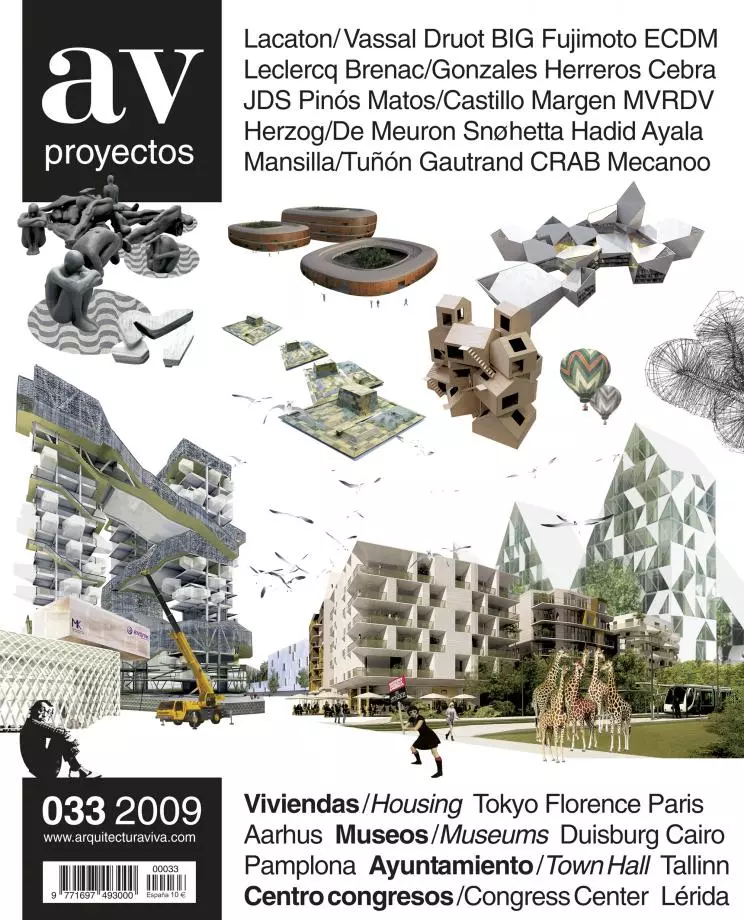
08-10-2004
We all have ‘manipulated’ a photograph some time, from the traditional cartoon drawing to the digital retouch in images that are not too attractive. Many of us have wanted to destroy them, to burn them, to make them disappear: they are keepsakes of a moment that, if one’s own, can be painful; and if foreign, boring. Nevertheless, probably influenced by an old fear, few people have dared to do so: “photography steals the soul; painting gives it back”. Gerhard Richter (Dresden, 1932) manages to break “the curse of the photography” by giving it materiality and presence, transforming it with paint in a manner that resembles the frottage of Max Ernst. His first works date from 1962: they are the ‘scrap metals’, black and white reproductions of newspapers, magazines, leaflets and portraits of strangers appeared in the press. Interested in color, Richter’s pictorial work can be classified in three categories: figurative, that is, canvasses based on photography or nature; constructivist, theoretical work with color tables and mirrors; and abstract, his work from 1976 on…[+]






